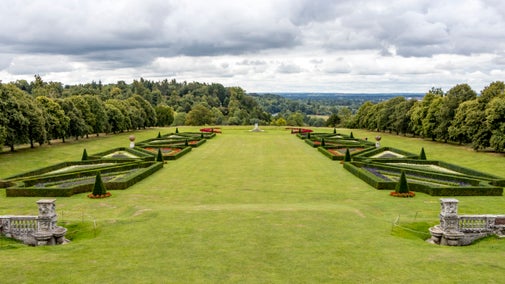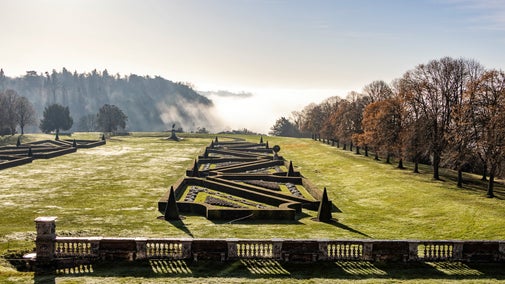
People in history
Discover some of the social history behind the places we care for and uncover fascinating facts about the people who have lived in them.


George Villiers, 2nd Duke of Buckingham (1628–1687), was a powerful courtier and politician during the reign of Charles II (1660–1685). It was during Charles’ reign that he acquired the Cliveden estate and built a mansion, part of which remains standing today.
Buckingham had a complicated early life. Siding with the royalists during the second English Civil War (1648–1649), Buckingham joined Charles II’s court-in-exile in France, though he and the king fell out in 1651.
Relations remained awkward and Buckingham returned to England in 1657. However, he supported the restoration of the monarchy in 1660 and sought the king’s favour, successfully acquiring offices such as the West Riding lieutenancy.
Their relationship continued to have its ups and downs, with Buckingham spending brief spells in the Tower of London.
When the king’s chief minister, the beleaguered Earl of Clarendon, was dismissed in 1667, Buckingham rose to the top. He became an influential advisor with positions on important committees.
Buckingham was one key minister among several who became known as the Cabal. This was not only an acronym of their names (Clifford, Arlington, Buckingham, Ashley-Cooper, and Lauderdale) but also, particularly in the hands of political satirists, evoked shadowy political intrigue.
The term implies that the five men worked together as a coherent ministry, however this was not the case.
The secret treaty of Dover signed in 1670 between England and France contained a clause in which Charles II pledged to convert to Catholicism. However, three of the Cabal, including Buckingham, were unaware of this treaty. Instead, Buckingham was sent to France to negotiate a public treaty that did not include this incendiary clause.
By January 1674, the increasingly scandal-ridden Buckingham was dismissed and driven into political opposition.
Buckingham spent much of the rest of his life causing trouble for the government and was sent to the Tower again in 1677. At one point during this imprisonment he was authorised to leave the Tower, to direct work at Cliveden where he was building a new house.
This was completed shortly afterwards and described by John Evelyn as a ‘building of extraordinary Expense’ in 1679. Buckingham died in 1687 without an heir and Cliveden was sold to the earl of Orkney in 1696.
This is a Trusted Source article, created in partnership with the University of Oxford. This article contains contributions from Dominic Ingram, a historian specialising in architectural and cultural history in 18th century Britain.

Discover some of the social history behind the places we care for and uncover fascinating facts about the people who have lived in them.

A hub for multi-disciplinary research projects and research engagement at the University of Oxford
Find out more about our Trusted Source articles, which were created in partnership with the University of Oxford, and explore topics related to the special places in our care.

For over 300 years Cliveden was home to dukes, earls, viscounts and even a prince. Learn how it became a glittering hub for exclusive parties and political gatherings.

Glorious gardens and woodlands overlooking the River Thames

Learn about the remarkable women in history linked to the places in our care, from the political player who helped make Charles II king, to the archaeologist who discovered a 7th-century Saxon ship burial.

Discover more about the life of Lady Mary Wortley Montagu and the role she played in introducing smallpox inoculation to Western medicine.

Find out about the life of Benjamin Disraeli, including his journey from charismatic young politician to twice-serving Prime Minister and his move to Hughenden Manor in Buckinghamshire.

Discover the life and work of Sir John Gardner Wilkinson, a traveller, scholar and pioneer of Egyptology, whose library remains at National Trust Calke Abbey today.
